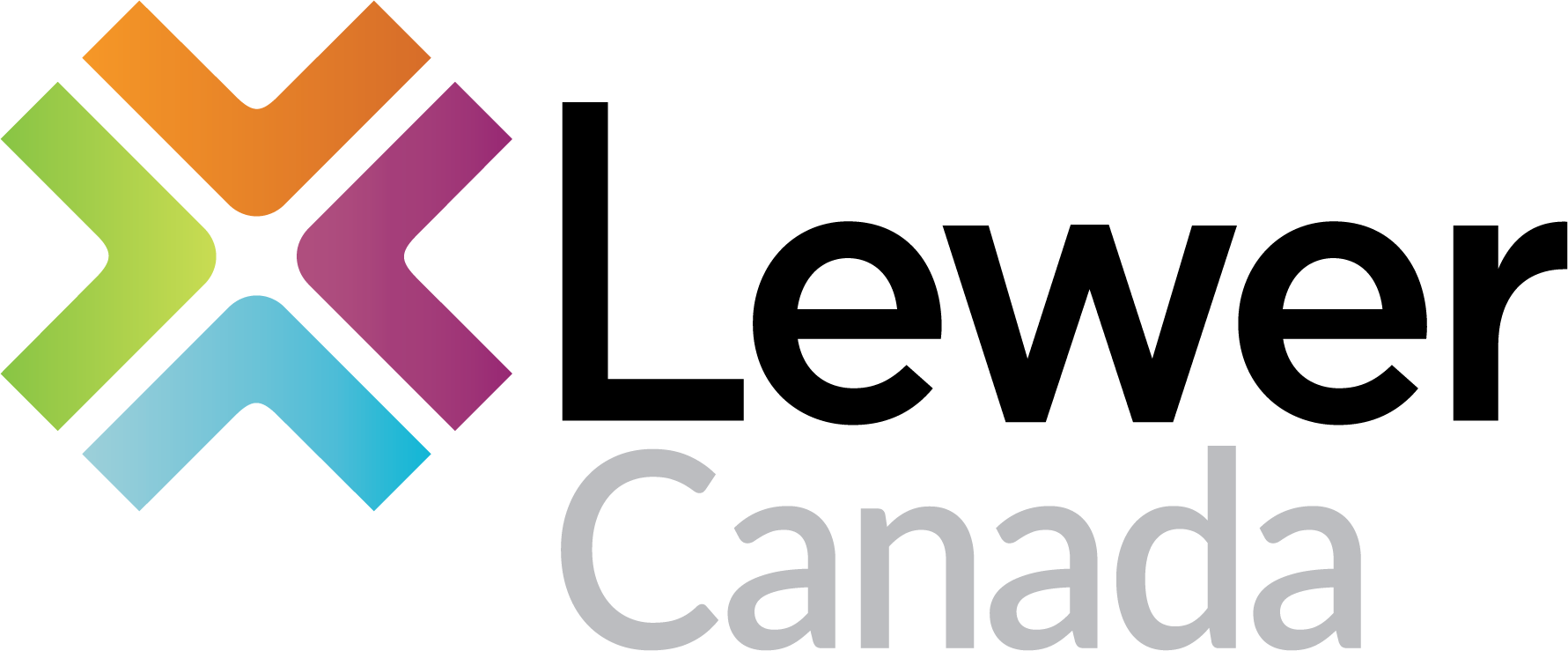With all the media and social chatter about the upcoming legalization of marijuana in Canada, it is important to stay abreast about what’s going on. We have already informed you of the scientific and medical facts about cannabis in our ‘The Facts about Medical Marijuana’ blog. Here’s what the possible impact could be on our communities and, most importantly, the rules and regulations that will come into effect.
What is the Cannabis Act?
The purpose of this act will be to:
- Restrict youth access to cannabis
- Protect young people from promotion or enticements to use cannabis
- Deter and reduce criminal activity by imposing serious criminal
penalties for those breaking the law, especially those who import,
export or provide cannabis to youth - Protect public health through strict product safety and
quality requirements - Reduce the burden on the criminal justice system
- Provide for the legal production of cannabis to reduce illegal activities
- Allow adults to possess and access regulated, quality controlled
legal cannabis - Enhance public awareness of the health risks associated with cannabis
When will the Cannabis Act go into effect?
The bill must move through the legislative process and, upon approval by Parliament, has the potential to become law no later than July 2018. During this process, cannabis will continue to be illegal.
Who will be able to access cannabis?
Adults 18 years or older will be able to legally possess up to 30 grams of dried cannabis or equivalent in non-dried form, and share up to 30 grams of legal cannabis with other adults.
Where will cannabis be available?
Cannabis will be purchased in dried, fresh, or oil form only from a provincially-licensed retailer. If a retailer is not accessible in certain areas, it can be ordered online through a federally licensed producer and the product will be securely delivered directly to your home.
If the buying and delivery processes aren’t ideal, it will be legal for you to grow your own marijuana plant. Each household will have a four-plant allowance with a one meter height restriction per plant. It will also be legal to make cannabis products, such as food and drinks, at home if organic solvents are not used.
How much will it cost?
The government must actively work on keeping the prices competitive enough in relation to the black market. The current street price of marijuana is an average of $8-$10 per gram. The government will most likely price the product on a tax-included per-gram basis, which would cost a maximum of $11-$12 per gram. Competitive pricing is key as it will be the only way to pull cannabis revenue away from criminal organizations.
Will there be restrictions?
Yes, the Cannabis Act will have strict controlled access and regulations, which will be overseen by the federal, provincial and territorial governments.
The federal, provincial, and territorial governments would be responsible for:
- Setting strict requirements for producers who grow and
manufacture cannabis - Setting industrywide rules and standards, including:
- the types of cannabis products that will be allowed for sale
- packaging and labelling requirements for products
(packaging can’t be “flashy” nor have images of animals, people,
or testimonials promoting the quality of the product) - standardized serving sizes and potency
- prohibiting the use of certain ingredients
- good production practices
- tracking of cannabis from seed to sale to prevent diversion to
the illicit market - restrictions on promotional activities
- The distribution and sales of cannabis
- Increasing the minimum age in their province or territory
(but not lower it) - Lowering the personal possession limit in their jurisdiction
- Creating additional rules for growing cannabis at home, such
as lowering the number of plants per residence - Restricting where adults can consume cannabis, such as in
public or in vehicles
There will also be restrictions on advertising cannabis products to only areas where underage people will not be able to see them. However, advertising campaigns will be allowed to target youth to discourage them from the use of cannabis.
What criminal penalties will be enforced?
The legalization of marijuana act will create two new criminal offences with a maximum penalty of 14 years in jail if someone were to give or sell cannabis to anyone or use someone under the age of 18 to commit a cannabis-related offence. Criminal penalties will also consist of illegal distribution or sale, possession over the limit, production or cannabis beyond personal cultivation limits or with combustible solvents, and moving cannabis across Canadian borders.
Why is marijuana being legalized?
There are several reasons why the Government of Canada has decided to legalize cannabis. The first and foremost reason is the impact it can and will have on the healthcare industry. One story lays out exactly how beneficial the legalization of marijuana can impact Canadian families, especially those who must deal with a child who has severe medical conditions.
Liam McKnight is a 9-year-old boy in Ottawa and suffers from Dravet Syndrome. Dravet Syndrome is a rare and catastrophic lifelong form of epilepsy that begins in the first year of life and causes frequent and/or prolonged seizures, movement/balance issues, delayed language and speech issues, sleeping difficulties, chronic infections and many other effects. Liam used to have more than 80 seizures a day, making it impossible to have a chance at a normal childhood. He was unable to walk or attend school and spent most of his day catatonic and lying on the couch despite taking up to 10 anti-seizure medications. Due to how unsuccessful the prescribed medications were, his parents decided to try cannabis as a last resort.
When Liam was five years old his parents started (illegally) making homemade cannabis oil to calm his seizures and in the span of 24 hours after consuming the oil, Liam’s seizures stopped for an astonishing 10 days. When the seizures returned, Liam’s mother estimated that the frequency was 90 per cent less than when he was only on the 10 anti-seizure medications. Liam can currently go for weeks without having a seizure and his parents have said they only tend to return when he is sick with an infection. It costs the McKnight family $1,300 a month to make cannabis oil at home. Liam’s mother, Mandy, has been quoted saying, “sometimes science doesn’t always lead the way — sometimes it has to catch up.”
This is one of many stories where families have benefited from cannabis. Physicians rarely recommend the trial of cannabis products for medical conditions as this would take away from the sales of pharmaceutical companies who often compensate physicians for recommending their medications to patients.
Another reason why marijuana is being legalized is despite great efforts, there is no way to stop Canadians from using the product; however, making it legal will allow the government to have better control to regulate it. Canadian police forces currently spend anywhere between $2 billion and $3 billion annually trying to prevent the use of cannabis and despite this extremely expensive effort, Canadian teenagers are still among the heaviest users in the western world. Although most of these youths are using the product recreationally, there are some who are using it for the medicinal properties to cope with insomnia, anxiety and many other ailments. The hope is once cannabis is legalized, black market sellers will lose clients and go out of business with all the dispensaries and shops that will take over as the primary cannabis distributers.
How will this affect my group benefits plan?
The simple answer is it is difficult to determine the insurance impact as many carriers will not require the use of medical marijuana. However, if someone has a medical condition that causes them to spend more than $1,000 a year on a medication, but switching to a cannabis could save them $500 a year, the insurer might see the decline in prescription drug use and perhaps offer the client less of a hike on their renewal rates. This is one of many potential scenarios that could play out.
Certain companies have already begun including medical marijuana as a covered benefit. Loblaw Companies Limited and Shoppers Drug Mart have announced that medical marijuana will be covered under the employee benefit plan with a maximum of $1,500 per year. These two companies are insured by Manulife and the insurer will only cover cannabis if it is prescribed as medically necessary to treat specific conditions such as neuropathic pain caused by multiple sclerosis and nausea for cancer patients going through chemotherapy. Cannabis does not currently have a Drug Identification Number (this is a number assigned to all medications and is used to adjudicate drug claims) but will be added on to the member’s benefit plan through a special authorization process approved by the insurer. Once cannabis is legalized it is most likely that insurance companies will see a demand to cover the product for clients who have a medical necessity for it.
Come July 2018 when cannabis will officially become legal, Canada will be the first member of the G7 to legalize marijuana as a nation. Until that happens it is vital to stay informed and up to date on the product, the regulations that will come into place and the impact it could have on your health, community and family.
Sources:
http://globalnews.ca/news/3377577/marijuana-legislation-announcement-canada/
http://www.cbc.ca/news/canada/ottawa/cannabis-oil-boy-seizure-ottawa-1.3402759

